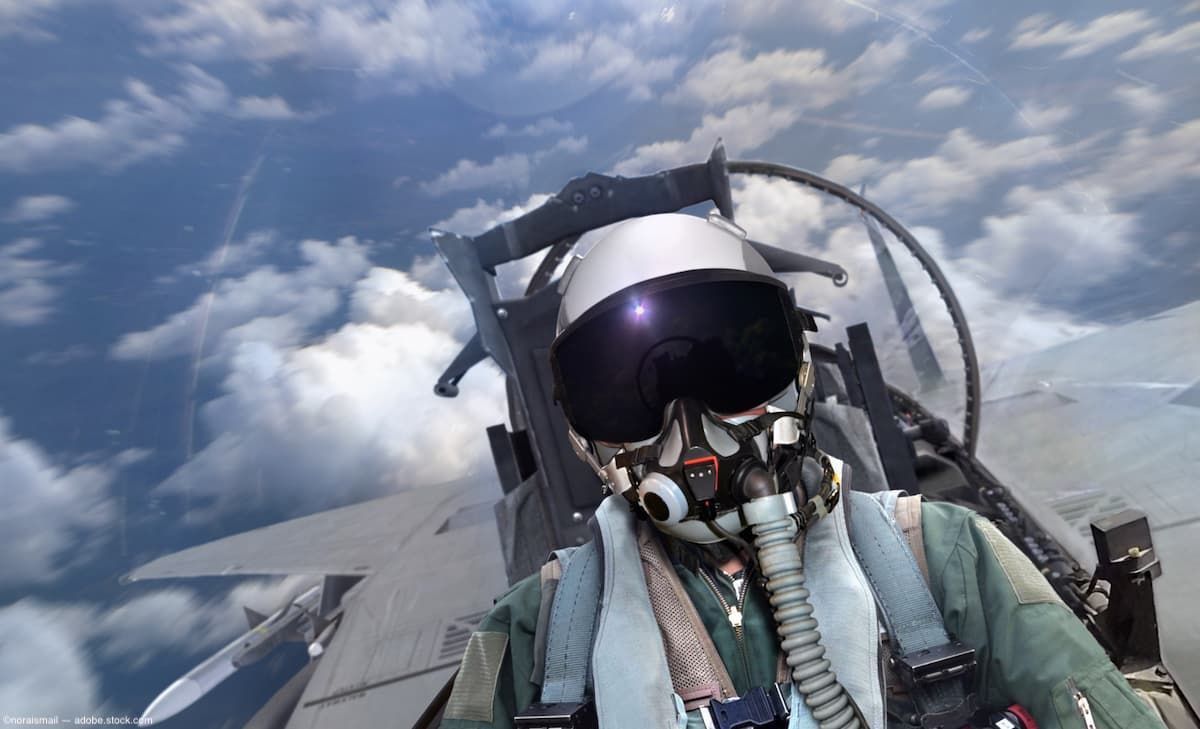Korean study shows increased risk of AMD among air force pilots
The prevalence of AMD features in Republic of Korea Air Force pilots was higher than in other general populations studied.
(Image credit: AdobeStock/noraismail)

Korean investigators reported that aviators may be at higher risk of age-related macular degeneration (AMD) features based on their recent study of Republic of Korea Air Force pilots,1 accord to first author Jae Yong Park, MD, from the Department of Ophthalmology, Aerospace Medical Center, Republic of Korea Air Force, Cheongju, Korea.
The investigators conducted a retrospective cross-sectional study that included 2,781 pilots who underwent regular medical examinations between 2020 and 2021. Readers of fundus photographs determined the presence of AMD features.
The authors reported, “The prevalence of AMD features was 12.9% in the Republic of Korea Air Force pilots and 35.2% in those older than 50 years.”
Among the pilots who had AMD features in their fundus photographs, positive correlations were found with age (odds ratio [OR]: 1.082; confidence interval [CI}: 1.067–1.096, P < 0.001), male sex (OR: 0.229, CI: 0.056–0.939, P = 0.041), smoking (OR: 1.027, CI: 1.008–1.047, P = 0.006), flight time (OR: 1.004, CI: 1.003–1.005, P < 0.001), total cholesterol (OR: 1.004, CI: 1.000–1.007, P = 0.033), and low-density lipoprotein (OR: 1.005, CI: 1.001–1.008, P = 0.011).
The analysis also found that the type of aircraft flown by the pilots was a risk factor (carriers, OR: 0.617, CI: 0.460–0.827; helicopters, OR: 0.572, CI: 0.348–0.940, P = 0.002); the fighter pilots had a higher risk than carrier and helicopter pilots. The results were similar for pilots older than 50 years.
The study concluded, “The prevalence of AMD features in Republic of Korea Air Force pilots was higher than in other general populations studied. Identified risk factors such as flight time and aircraft type suggest potential occupational risk of AMD in aviators.”
Reference:
Park JY, Kim JS, Sim HE, et al. Prevalence and risk factors of age-related macular degeneration features among pilots. Retina. 2024;44:475-486; doi: 10.1097/IAE.0000000000003976
Newsletter
Keep your retina practice on the forefront—subscribe for expert analysis and emerging trends in retinal disease management.